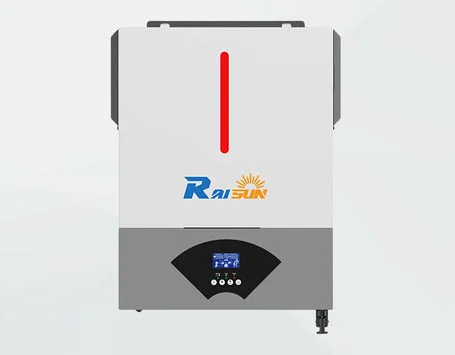
En
The main function of the PV inverter is to convert the DC power generated by the PV module into AC power. In addition, it also undertakes the interaction and coordination control between the grid and the load, and is the key interface and device for the connection between the PV power generation system and the grid.
Classification by operation mode, solar energy inverters include hybrid solar inverter system (or on off-grid solar inverter), off grid solar inverter.

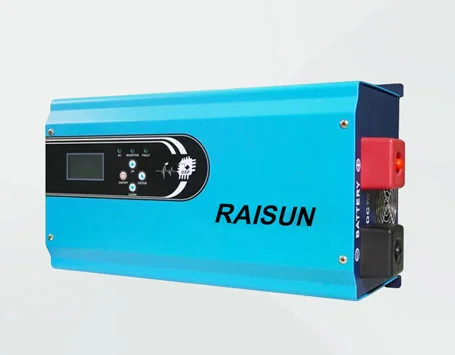
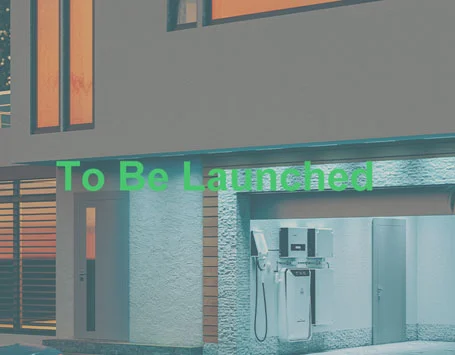
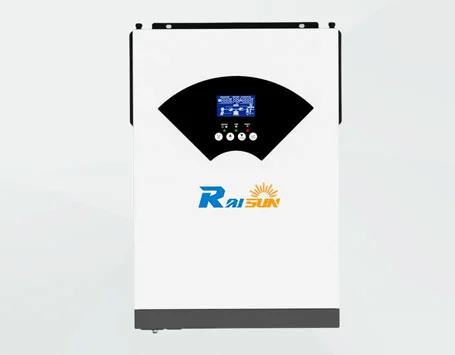
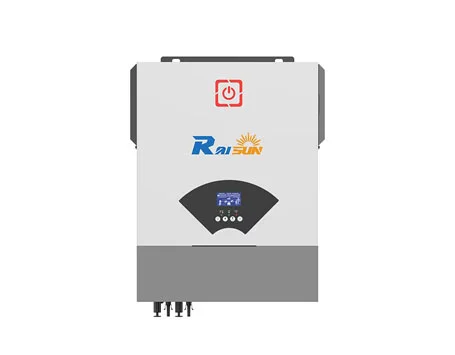
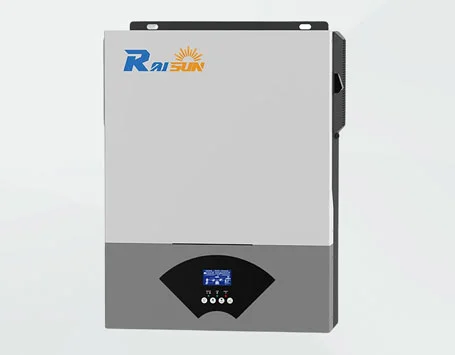
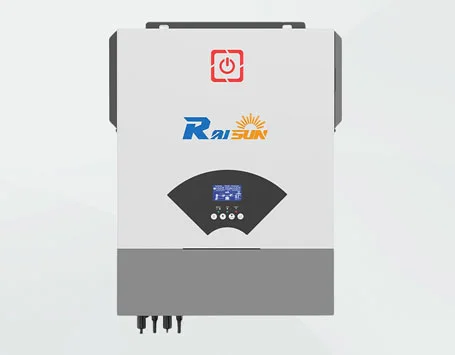
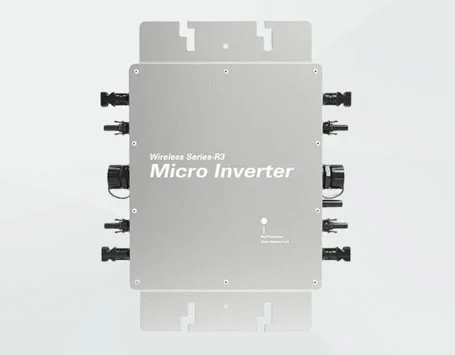
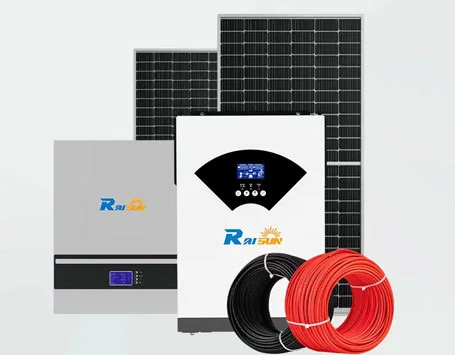
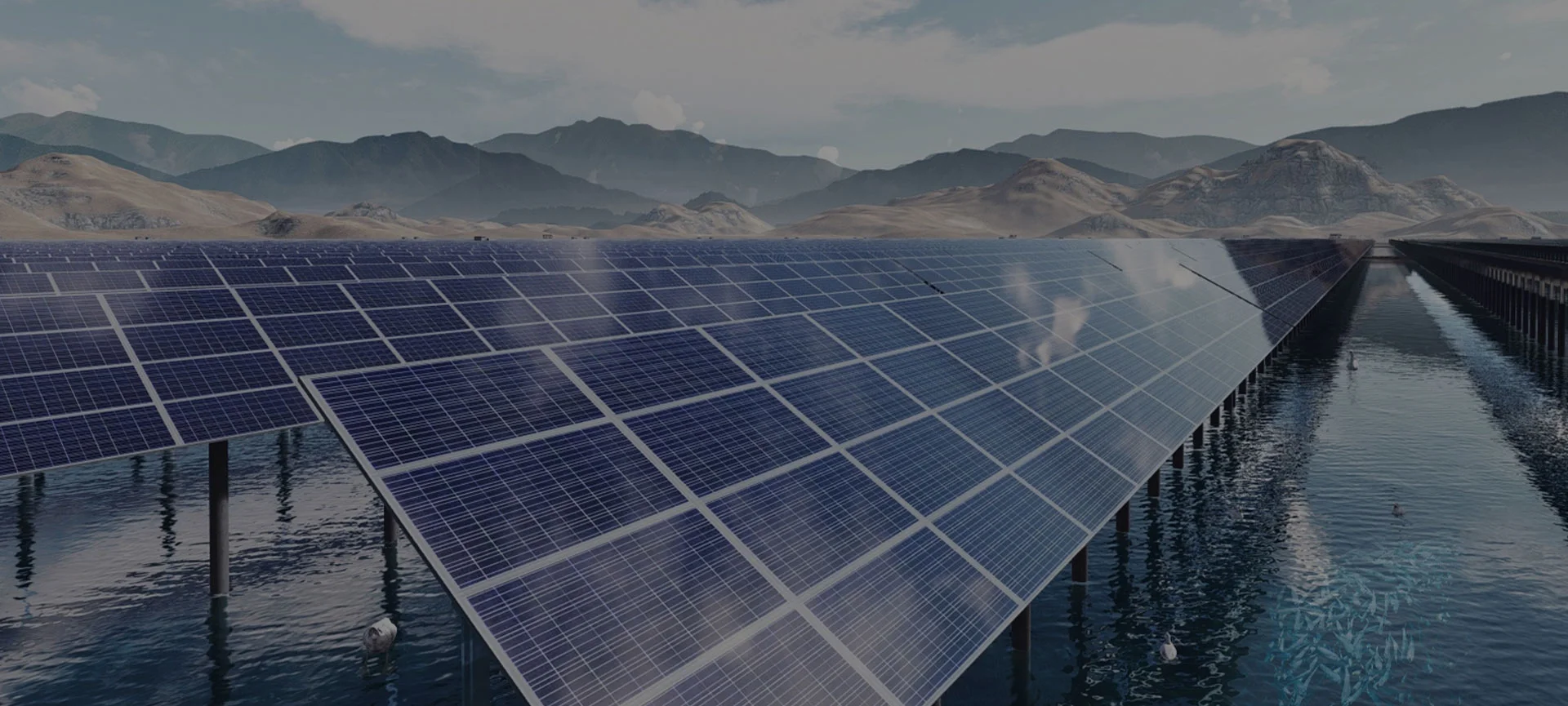
Professional power solar inverter production process:
Printing of the photovoltaic circuit board
Optical printing to detect the quality problems.
SMT patch, then, welding, and conduct a comprehensive circuit inspection
Making ICT testing
Circuit board finishing, start to assemble the inverter
Making testings: circuit testing--electrical parameter testing-- aging test (mainly the full load test under high temperature environment)-- electrical parameter testing again
Packaging electrical measurement
Here is an analysis of failure reasons for photovoltaic inverter:
1) Leakage. When the leakage is too large, take out the input end of the PV array, and then check the external AC power grid. The DC and AC ends are all cut off. Let the inverter power off for 30 minutes, and continue to use it if it can be repaired.
2) Low insulation resistance. Unplug all the strings on the input side of the solar charge inverter, and then connect them one by one. Use the solar inverter to start and check the insulation resistance function, and check the problem strings.
3) No response when starting. It is very important to carefully read the inverter operation manual to ensure that the positive and negative poles are crimped again. The solar inverter is internally connected with anti-short circuit protection, which can normally start after the wiring is completely restored.
4) DC over-voltage protection. The temperature coefficient must be taken into consideration in the design to prevent the equipment from being hard-damaged due to overpressure at low temperatures.
A typical centralized residential string inverter will last about 10 to 15 years, so it needs to be replaced at a certain stage of the battery panel life. A common fault source of solar inverter products is the abrasion and weathering of the condenser in the inverter. The service life of the electrolyte condenser is shorter, and it ages faster than dry parts. String inverters generally have a standard warranty period of 5 to 10 years, and many people can choose to extend it to 20 years. Some solar contracts include free maintenance and monitoring throughout the contract period, so it is wise to evaluate this when selecting solar energy inverters.
The solar inverter's working principle is to use the power supply of a DC power supply (such as a solar energy panel) and convert it into AC power supply.
Normally, our inverters are pure sine wave, string invereter, also call it sigle phase on off grid (or hybird) and off grid solar invereters. The circuit principle is through the opening and closing action of power semiconductor switching devices, the DC electric energy is converted into the current electric energy. In the circuit, the moving off-power devices with switching characteristics are used. The control circuit periodically sends on and off pulse control signals to the power devices, and controls the turn on and off of each power device. After the transformer is coupled to boost or reduce the voltage, the overall filter output meets the requirements of AC.
The core photovoltaic inverter of photovoltaic power station is mainly used to convert direct current into alternating current. The difference between PV inverter and ordinary inverter is the maximum power point tracking function and the low voltage ride-through capability for grid security.
1) Because the output voltage and power of solar modules are greatly affected by light, and the voltage fluctuates from high to low, the photovoltaic inverter must adapt to a very wide voltage range, for example, the DC input voltage range of 3-5 kw solar inverter is 120-500V, while the maximum DC voltage range of general inverter will not exceed +/-25%。
2) In order to ensure efficient operation, new solar inverters usually have the function of automatically tracking the maximum power output, which is not required by ordinary inverters.
3) In order to adapt to the input needs of multiple PV modules, solar inverters with large power generally have more than 6 DC input terminals, while ordinary inverters do not need so many input terminals.